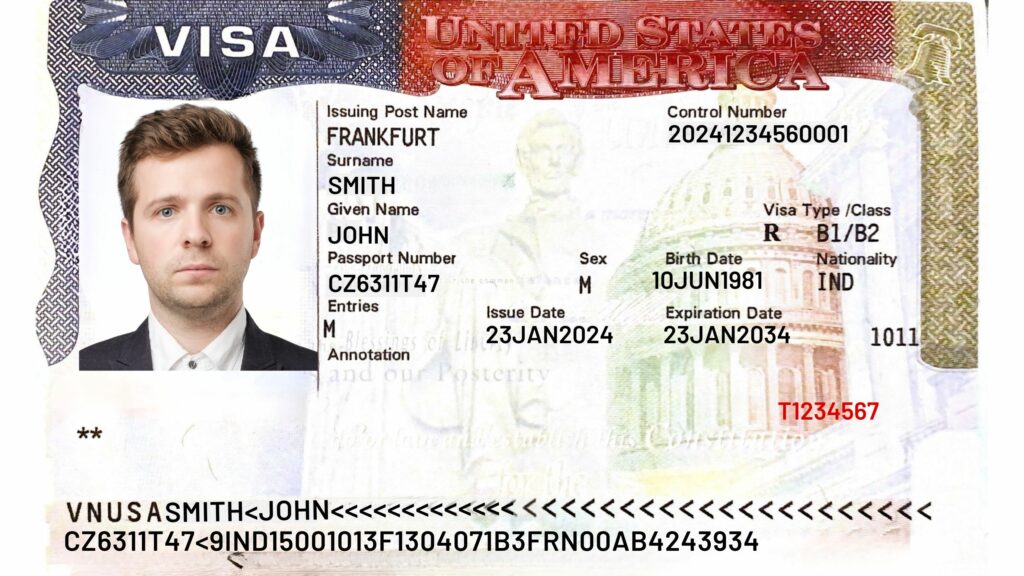A work visa is an official authorization issued by a country's government that allows foreign nationals to enter, reside, and work legally within its borders for a specified period. Work visas are typically required when a person wishes to take up employment in a foreign country, either temporarily or permanently. These visas are a critical component of immigration systems, enabling countries to regulate their labor markets while providing opportunities for skilled professionals, laborers, and specialists from around the world.
Key Characteristics of a Work Visa
- Employment Authorization
A work visa permits individuals to legally work in a specific role or industry within the issuing country.- Some visas are employer-specific, meaning the visa holder can only work for the employer who sponsored them.
- Others may allow for open work, where individuals can work for multiple employers without restrictions.
- Duration of Stay
Work visas have varying durations:- Short-term visas are for temporary jobs or seasonal work, typically valid for a few months.
- Long-term visas allow for employment over several years and may offer pathways to permanent residency.
- Tied to Specific Professions or Sectors
Certain work visas target specific industries experiencing labor shortages, such as healthcare, technology, agriculture, or construction. - Eligibility Criteria
To qualify for a work visa, applicants typically need:- A valid job offer from an employer in the destination country.
- Relevant qualifications, skills, or experience.
- Proof of meeting health, character, or financial requirements.
Types of Work Visas
Work visas come in various forms, depending on the purpose of employment and the issuing country's policies:
1. Temporary Work Visa
- For short-term or seasonal employment, such as agricultural work or event-specific roles.
- Example: H-2A Visa (USA) for seasonal agricultural workers.
2. Skilled Worker Visa
- For professionals with specialized skills in high-demand fields.
- Example: Canada’s Express Entry or Australia’s Skilled Migration Program.
3. Employer-Sponsored Visa
- Requires a valid job offer from a recognized employer in the destination country.
- Example: H-1B Visa (USA) or Employment Pass (Singapore).
4. Freelance or Self-Employment Visa
- Allows individuals to work independently or as freelancers.
- Example: Freelance Visa in Germany or Digital Nomad Visa in several countries.
5. Permanent Work Visa
- Grants the holder indefinite work rights and often leads to permanent residency.
- Example: Green Card (USA) through employment.
6. Intra-Company Transfer Visa
- Enables employees of multinational companies to work at their organization’s branch in another country.
- Example: UK’s ICT Visa or Canada’s Global Talent Stream.
Eligibility Requirements for a Work Visa
Work visa requirements vary by country but typically include:
- Valid Job Offer
- A formal employment offer from a registered company in the host country.
- Relevant Qualifications
- Proof of skills, certifications, or degrees related to the job role.
- Proof of Financial Means
- Evidence that the applicant can support themselves initially (e.g., bank statements).
- Language Proficiency
- Some countries require proficiency in the local language, such as English, French, or German.
- Health and Character Checks
- Medical examinations and police clearance certificates may be required.
- Visa Sponsorship
- For employer-sponsored visas, the company must act as a guarantor.
Benefits of a Work Visa
- Legal Employment
- Work visas ensure compliance with labor laws, protecting both the employer and employee.
- Pathway to Permanent Residency
- Many work visas offer opportunities to transition to long-term residency or citizenship.
- Global Career Opportunities
- Working abroad allows individuals to gain international experience and access competitive salaries.
- Access to Benefits
- In some countries, visa holders may be eligible for health insurance, retirement plans, and other social benefits.
- Cultural Exchange
- Living and working in a new country broadens cultural perspectives and fosters global connections.
Application Process for a Work Visa
Step 1: Find a Job and Secure an Offer
- Research job opportunities in your field and apply for positions in your desired country.
Step 2: Determine the Appropriate Visa Type
- Consult the official immigration website of the target country to identify the correct visa.
Step 3: Prepare Required Documents
Common documents include:
- A valid passport with sufficient validity.
- Employment offer letter or contract.
- Proof of qualifications and experience.
- Police clearance and health check certificates.
Step 4: Submit the Visa Application
- Applications can be submitted online or through the country’s embassy or consulate.
Step 5: Attend an Interview (if required)
- Some visas require an in-person interview with immigration officials.
Step 6: Wait for Approval
- Processing times vary, but it typically takes weeks to months depending on the visa type.
Challenges of Securing a Work Visa
- Strict Eligibility Criteria
- Meeting specific qualifications or finding an employer willing to sponsor can be challenging.
- Lengthy Processing Times
- Visa approvals can take several weeks or even months, delaying travel plans.
- High Costs
- Application fees, medical tests, and document verification can be expensive.
- Quota Restrictions
- Some countries limit the number of work visas issued annually.
Top Countries Offering Work Visas
1. Canada
- Offers visas like the Temporary Foreign Worker Program and Express Entry for skilled professionals.
2. United States
- Popular for H-1B Visas, particularly in technology and engineering.
3. Germany
- Known for its Blue Card program for highly skilled workers.
4. Australia
- Provides Skilled Migration Visas for high-demand occupations.
5. UAE
- Offers employment visas for various sectors, including hospitality and construction.
Conclusion
A work visa is the gateway to pursuing professional opportunities in a foreign country. It not only opens doors to international career growth but also enriches personal and professional experiences. By understanding the specific requirements, visa categories, and application process, you can take the first step toward achieving your dream of working abroad. Whether you're a skilled professional or seeking temporary work, a work visa ensures you are legally empowered to contribute to the economy of your host country while enjoying the benefits of international exposure




